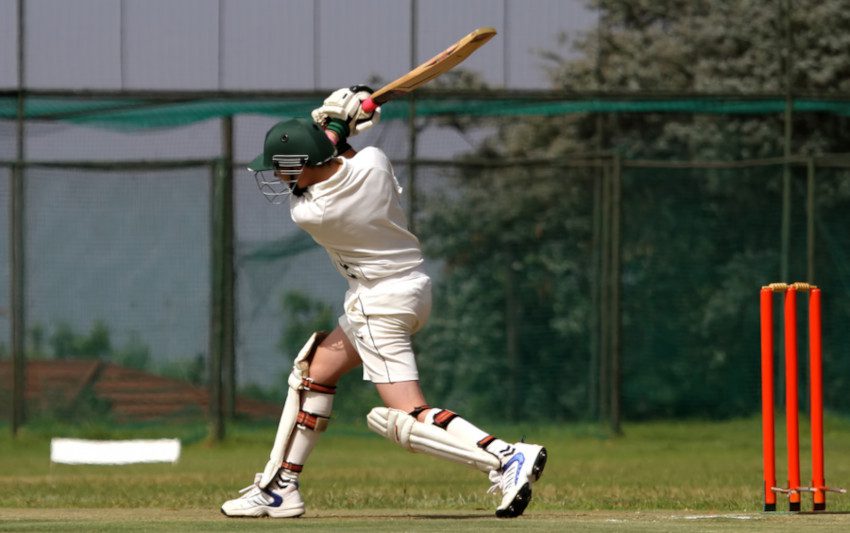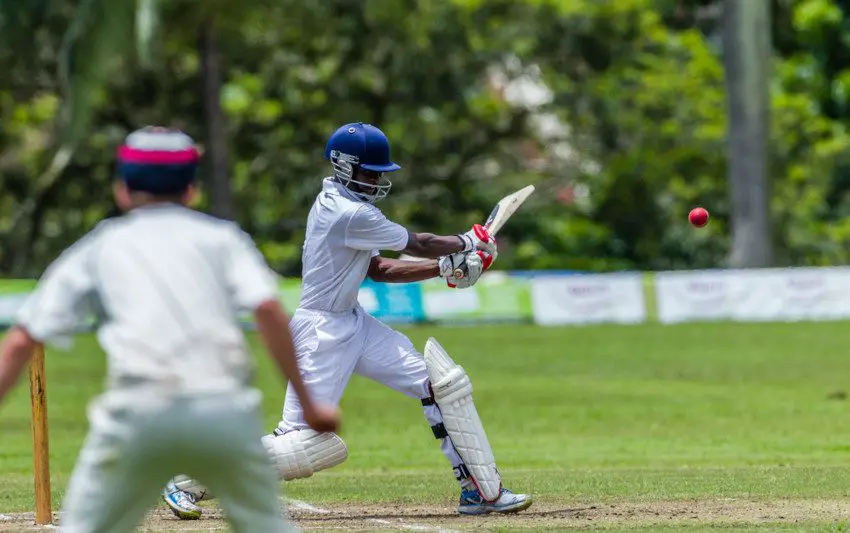Table of Contents
Getting the basics right is key to learning the elementary techniques needed to play cricket and, once those have been taken on board, you can build and develop those fundamental skills.
10 Fundamental Cricket Skills for Batting, Bowling and Fielding
1. Hand-Eye Coordination
This is a vital skill to learn for anyone who wants to succeed as a batsman. The eye will track the ball as it is released by the bowler while the hands will come through to play the shot but how do you learn and develop this skill?
Start by asking your coach or a teammate to gently throw some underarm deliveries at you. Get used to the swing of the bat and the feel of it as you make a connection with the ball. From that starting point, build up to higher speeds. Also consider other sports such as tennis which can help with hand-eye coordination.
Effective hand eye coordination will also help with fielding skills. When you need your hands to stop or catch the ball, hands and eyes need to be in perfect sync.

2. Concentration
All players need to work on their concentration levels. For batsmen, they are facing deliveries constantly while bowlers and fielders need to switch on at all times in the field. This can be a very difficult aspect of the game for coaches to teach, but if you lose concentration for just a moment, you can lose your wicket or drop a catch.
Sports psychologists often recommend using mental imagery to help you concentrate. Imagine hitting the ball through the covers or catching it comfortably at slip. It’s a very basic, but important skill to master.
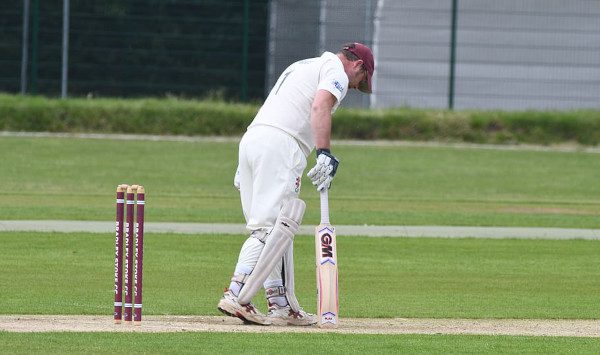
3. Reflexes
Quick reflexes are important for batsmen but also for certain fielders, particularly wicket keepers and those who are standing in the slips, or at short leg. If you’re comfortable with facing fast bowling, set up a bowling machine and keep on practising in the nets.
Another good idea is to shorten the pitch and maybe get that machine – or some teammates – to bowl at you from around 18 yards. You can use a tennis ball to begin with as you gain confidence.
For fielders, having a coach to hit tennis balls at speed towards you with a racquet is a great way to build up those reflexes.
4. Spatial Perception
This term relates to awareness of where the ball is coming from and where it’s likely to finish – either in a hitting zone as a batsman or in a catching arc if you are in the field.
This can be a tricky technique to learn but beginners should be aware of its importance. Studies have shown that this skill also responds to visualisation with cricketers tested using visual presentations.
5. Sprinting and Agility
Batsmen need to be quick between the wickets while fielders also need that pace to chase down balls that are heading to the boundary.
We’re all born with different speed levels but we can keep up with basic sprint training to maintain and improve them. In terms of agility, a good exercise to follow starts with setting up cones between 5 and 10 metres apart. Sprint between them and turn at the end as if you were heading into your crease and coming back for a second run.
6. Throwing and Catching Accuracy
This is one for the fielders and the wicket keepers: Catches win matches while run outs are also an important part of the game.
In these instances, there is really no substitute for practise. For throwing, get to the nets and aim at the stumps constantly. Catching drills can also take place at school or in your coaching sessions. You can also practice those hand eye coordination techniques that we mentioned earlier.
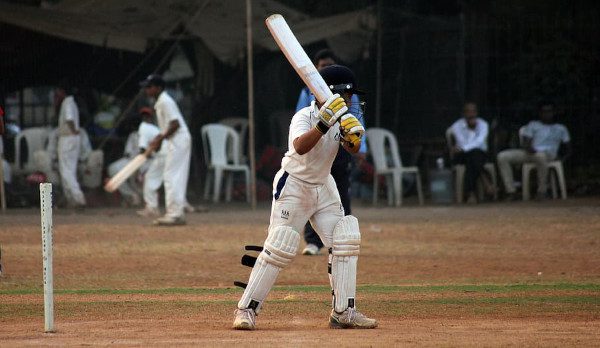
7. Balance
Balance is important for a batsman as they need to be in a good position in order to transfer their weight through the ball. Fielders also need to be poised so they can move quickly in either direction when the ball is struck.
Ideally, the head should be above the ball when it is struck. Obviously, this isn’t going to be possible for deliveries that are a considerable way outside of either off or leg stump but the head should still move towards the ball. Once again, this is a technique that can be practised over and over again in the nets.
8. Strength and Flexibility
Anyone serious about cricket should be looking to improve their overall strength. There are lots of exercises that you can do here and I’ve covered these in more detail previously.
Good exercise routines could include planks, press ups, tricep dips, oblique dips and pull ups.
9. Muscle Memory and Consistency
Muscle memory is learned over time by the best sportsmen and women. Professional cricketers will play their most effective shots and, when you see them on TV, the practise seems almost effortless.
The muscles can be trained to perform a skill over and over again so that they will eventually have a form of memory installed. Batters can then subconsciously use that muscle memory to execute a skill such as an off drive, pull or any cricket shot.
This has to be learned over time, both in the nets and in a match setting, and that learning will lead to muscle memory performing its tasks with consistency.
10. Timing
Power has become an important factor for batsmen but even the biggest hitters will also need to rely on timing. Hitting the delivery at the perfect moment will always help the ball to travel further.
Part of this skill relies on balance and we’ve already talked about the need to keep the head above the ball. For perfect timing, the ball needs to be hit at the top of its bounce. When you get the timing right, you’ll know as the results seem effortless as the ball travels at great speed.
Once again, practise in the nets and in a match situation is the only real way in which you can improve your timing.
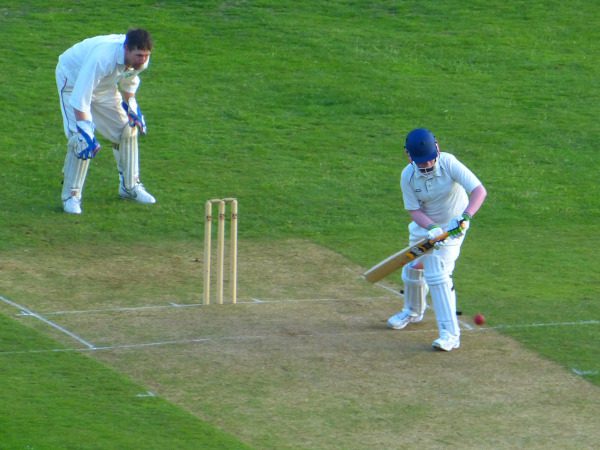
Exercises to Improve Cricket Skills
Once the basic skills have been learned, you can improve on an all-round basis by undertaking certain exercises. Training is vitally important as a lot of those fundamentals require strength and fitness levels to be high. So much so that many professional cricket teams wear performance monitoring technology during both trainings and matches.
Plan an exercise routine and you can keep in peak condition in order to help you hone these skills.
How Can I Practice My Techniques During the Winter Months?
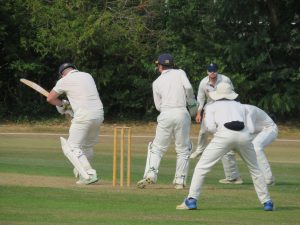
All of these drills can be practiced in the summer months, out on the cricket pitch, but what can you do in the winter? The days are shorter, the ground is wet and the weather is trying to keep you indoors.
If your club has indoor facilities, that’s great. You’ll have access to nets, and the help of your teammates as you look to perfect these skills. You may even have a bowling machine to deliver those high speed deliveries that you need in order to work on your reflexes.
If there are no indoor options, it becomes trickier. There are some techniques such as visualization which can be carried out at home. Imagining scenarios where you need to hit a perfect shot, bowl a great delivery, or catch a ball without fumbling can be adopted anywhere.
Beyond those, you could maybe look at joining a gym. It won’t be able to cater for all of the exercises on this list, but it can certainly help in some cases. Maybe you may also have a local school sports hall that runs exercise classes during the winter.
Without indoor cricket facilities, it’s harder to practice your skills all year round, but there are ways to do this.
Closing Thoughts
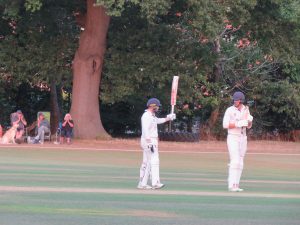
Whether we’re playing at a small village club, or we’ve made it into the professional ranks, we all want to be the best cricketer we possibly can be. The suggestions here are all quite technical, but the good news is that anyone can practice them, regardless of their ability.
Focus on those that suit your role in the team – either as a batter or bowler – and constant work on these skills will surely see you improve your game.

